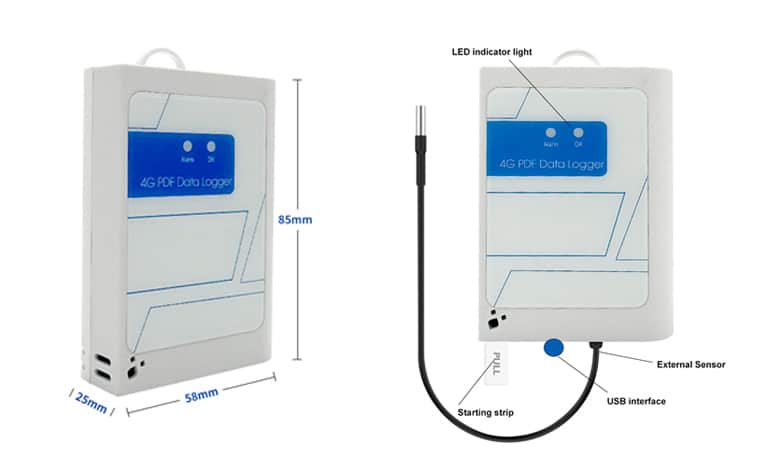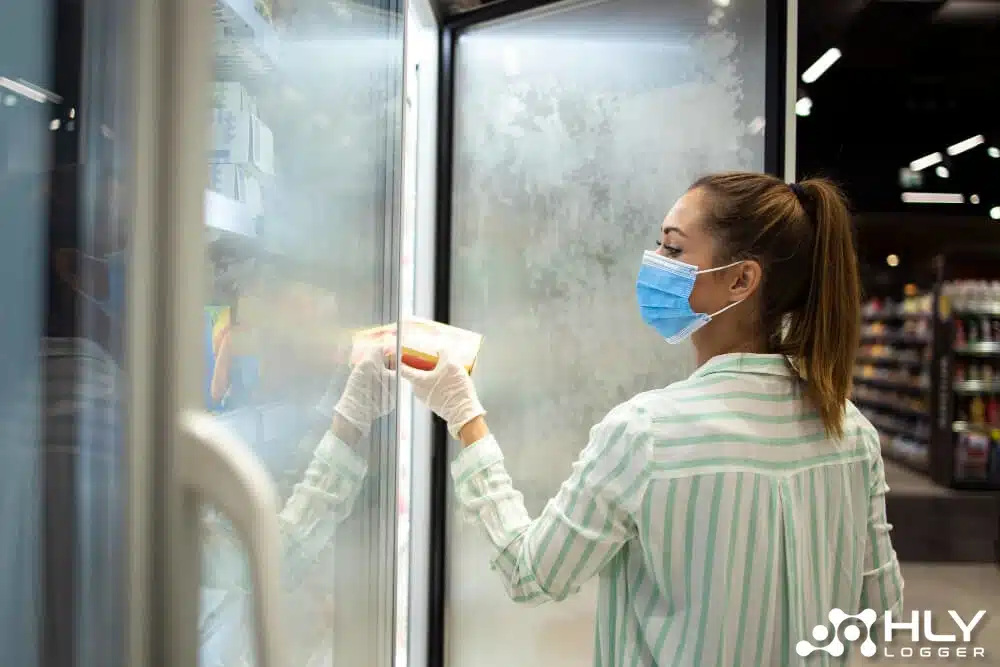Cold chain technology ensures that all aspects of cold chain management—such as storage, packaging, transportation, and tracking—remain properly controlled. Various cold chain techniques, ranging from simple to complex, work in conjunction with modern technology to keep shipments temperature-controlled until they reach their destination.
While the basic principles of cold chain technology have remained relatively consistent over time, recent innovations continue to enhance its functionality and efficiency. Industries such as pharmaceuticals, biotechnology, cosmetics, medicine, food, and beverages rely on cold chain technology, which leverages the Internet of Things (IoT) to monitor products during storage and shipping. These products are highly sensitive to temperature fluctuations and require regular monitoring to detect potential issues that could compromise product quality.
Cold chain technology protects products by employing real-time monitoring processes and collecting specific data to report back to a central system. Personnel monitor this data, evaluate system performance, and implement solutions to address any potential problems. When the temperature exceeds a predetermined threshold, the technology platform collects the data and sends an alert. The product shipper can then analyze the information using specialized software to determine the necessary actions to ensure that the product reaches its destination safely.
Contents
Cold Chain Technology Components and How They Work
All parties involved in cold chain management must understand the benefits of using this technology. By protecting temperature-sensitive products, cold chain technology enhances efficiency and productivity, leading to fewer product losses and reduced resource waste. Moreover, maintaining optimal temperatures extends the product’s shelf life, reduces the risk of spoilage, improves food safety, and optimizes thermal processes. Ultimately, the integrity and quality of the product are maintained, ensuring customer satisfaction.
To ensure smooth operations, professionals in the pharmaceutical, skincare, and food industries must be familiar with both the physical and digital components of cold chain management.
Physical Side
Cold chain technology involves several hardware components that work together to ensure optimal performance:
Monitoring
Continuous monitoring is required from storage to delivery. High-tech monitors installed in warehouses, refrigerators, and transport vehicles track temperature and humidity at each stage. If even a slight change is detected, the system triggers an alert so that operators can quickly identify and resolve the issue.
Storage
Temperature-sensitive products are stored in large, refrigerated warehouses that utilize the latest cold chain technology. This ensures that accurate temperatures are maintained during storage, packaging, and transportation, making storage facilities more efficient and cost-effective.
Transportation
The transportation process remains stable through the use of advanced cooling systems—often powered by electric generators or integrated electric-powered cooling units. Refrigerated containers and trucks, used worldwide, now incorporate technological improvements to meet stringent product quality standards.
Digital Side
The digital aspect of cold chain technology assists in managing various tasks throughout the supply chain. Digitalization plays a critical role in supply chain design, monitoring potential issues, preventing energy waste, sending alerts, and conducting cost analyses during production.
Data Loggers
Accurate temperature recording is achieved through the use of data loggers. Options include both disposable and reusable temperature and humidity data loggers, as well as 3G and 4G real-time data loggers, each suited to specific requirements. These flexible devices can store temperature recordings on a USB drive or in the cloud. Shippers can access the recorded data via mobile apps in a cloud-based environment and share it with relevant parties in the event of temperature fluctuations.

4G Real Time Disposable Temperature and Humidity Data Logger Size
Latest Innovations in Cold Chain Technology
Recent innovations have further improved cold chain tracking and data accuracy. For instance, the integration of high-performance digital sensors provides a high degree of accuracy and stability. A notable recent innovation involves using radio frequency identification (RFID) to automatically track objects via radio waves.
Modern cloud technology now integrates advanced communication systems such as GSM, CDMA, UMTS, Zigbee, LoRa, Wi-Fi, Bluetooth, and NB-IoT. Data logger manufacturers—such as HLY Technology Co., Limited—incorporate these technologies into innovative products that also include GPRS, NB-IoT, Bluetooth, CDMA, Zigbee, and 433MHz wireless temperature and humidity recorders.
Since our inception in 2011, we have been committed to developing cold chain management solutions that are user-friendly, eco-friendly, and high-performing. Our products are applicable across all stages of the cold chain and serve industries such as food, pharmaceuticals, and chemicals. Our IoT cloud monitoring system has evolved into a professional IoT cloud platform offering value-added services such as data tracking, safety enhancement, energy conservation, emission reduction, and the promotion of a green economy.
We will continue to focus on advancing cold chain technology with IoT applications, offering effective solutions and expert services to support our customers’ success.

